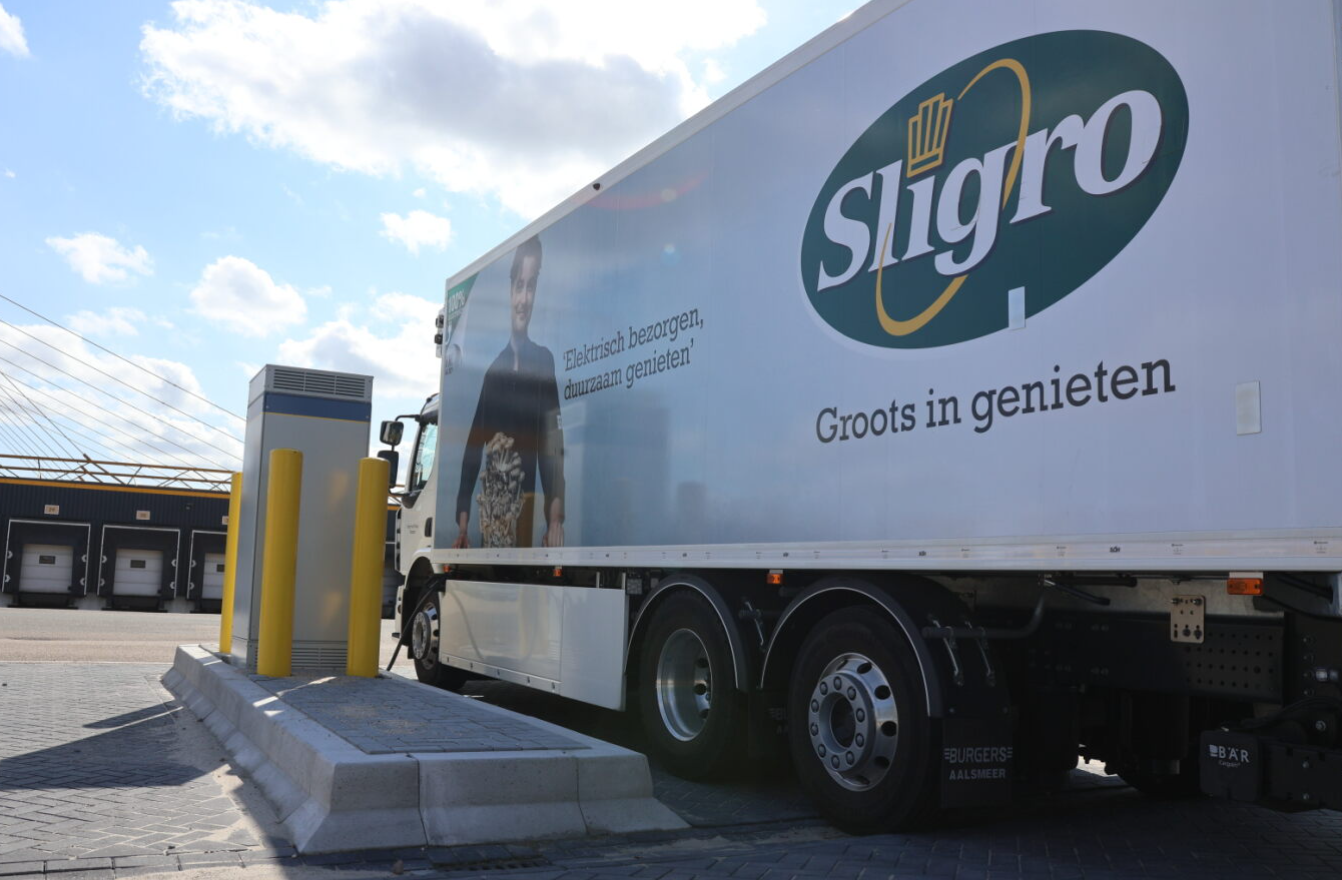E-buses are the future of urban transport. As global cities transition to cleaner, renewable forms of energy, electric buses (or e-buses) have emerged as a viable, eco-friendly alternative to traditional diesel-powered vehicles. Today, thousands of e-buses provide sustainable transport to millions of passengers each year.
Running an e-bus fleet involves more than just acquiring suitable vehicles; you need supportive infrastructure – and it all starts with the depot. In this article, we explore the key considerations in designing an ideal e-bus depot.
Charging equipment & accessories
In an e-bus depot, the charging system is the lifeblood of operations. E-bus charging infrastructure includes the physical equipment for powering e-buses, such as chargers, cables, and connectors.
There are primarily two types of charging systems: overnight charging and opportunity charging. Overnight charging systems are often installed in the depot, where buses recharge at the end of their service day. These systems typically utilize slower AC charging. On the other hand, opportunity charging involves quick, high-powered DC charging stations installed along bus routes for topping up the battery throughout the day.
Transport companies will typically have a mixture of overnight charging stations on-site and opportunity charging stations located around urban areas. Choosing the correct charging equipment requires considering several factors, including:
· e-bus bus's battery capacity
· fleet size
· expected daily mileage (per vehicle and fleet)
· type, frequency, and length of bus routes
· available electrical infrastructure
· depot's size and layout
Operators must analyze these factors to design their ideal charging infrastructure requirements. This detailed work requires a thorough understanding of all aspects of your business and specialist knowledge about the availability and type of chargers. Fleet operators can benefit from the specialist knowledge of an expert partner like Heliox, who can discuss your requirements,
In addition to charging infrastructure, accessories like smart meters and energy management systems are also essential. These devices provide real-time information about energy consumption, enabling operators to deliver the most efficient use of energy. They can also provide early warning about any potential issues.
It’s critical that suitable accessories and early-warning devices are considered as part of your depot design.
Optimise charging strategies
Depot design and charging infrastructure are essential, but operators must develop charging strategies to optimize use.
Charging strategies aim to ensure that all vehicles have the charge to manage their daily routes while minimizing energy costs and demands on the local electrical grid.
One common strategy is time-of-use charging, scheduled during off-peak electricity demand periods, such as overnight, to take advantage of lower energy prices. However, this approach may not be feasible for fleets that operate around the clock.
Another strategy involves staggered charging. Here, not all buses are charged simultaneously, reducing the peak load on the grid. This is especially important for depots with a large number of buses or those with limited grid capacity.
Grid connection
An e-bus depot's grid connection is an essential factor to consider – with a significant impact on initial costs. The power demands of a fully electric bus fleet are substantial and could require an upgrade to local grid infrastructure.
When designing an e-bus depot, working with local utility providers as early as possible is essential. Only the energy provider can provide details on the grid's current capacity and any upgrades needed to accommodate the depot's power demand. Positively, operators may also be able to give details on grants or incentives that you may be able to apply for.
Cutting carbon emissions is critical, so trying and incorporating renewable energy sources into the depot's mix is essential. Sustainable sources such as solar and wind are 100% renewable. Depending on your depot's size, design, and location, you can supplement grid sources with your own renewable energy generation infrastructure, such as solar panels.
Project management
Designing, constructing, and operating an e-bus depot is a complex project that involves various stakeholders. A well-defined project management plan is crucial. Your e-bus transition plan must include dedicated objectives, a realistic timeline, a budget that accounts for potential contingencies, and designated roles and responsibilities for each stakeholder.
Project managers must involve all stakeholders, including bus manufacturers, charging equipment providers, utility companies, and local authorities. Regular communication and reporting are essential to maintain momentum and ensure project delivery. While issues can – and will – occur, clear communication channels will address these quickly.
The size, complexity, and cost of e-bus depot projects mean that operators must have contingency plans. Effective plans and strategies can mitigate potential risks, like regulation changes, delays in equipment delivery, or unplanned but essential infrastructure upgrades.
Partner selection
Designing an ideal e-bus depot requires careful planning, coordination, and collaboration. Operators can’t build an e-bus depot alone but must bring together a team of partners to deliver an effective outcome. Identifying and engaging suitable partners is a large part of project success.
Working together, operators can manage the critical aspects of e-bus depot design, including charging equipment and accessories, charging strategies, and grid connections. The end result is an e-bus depot that’s efficient and effective, with a minimal environmental impact.




